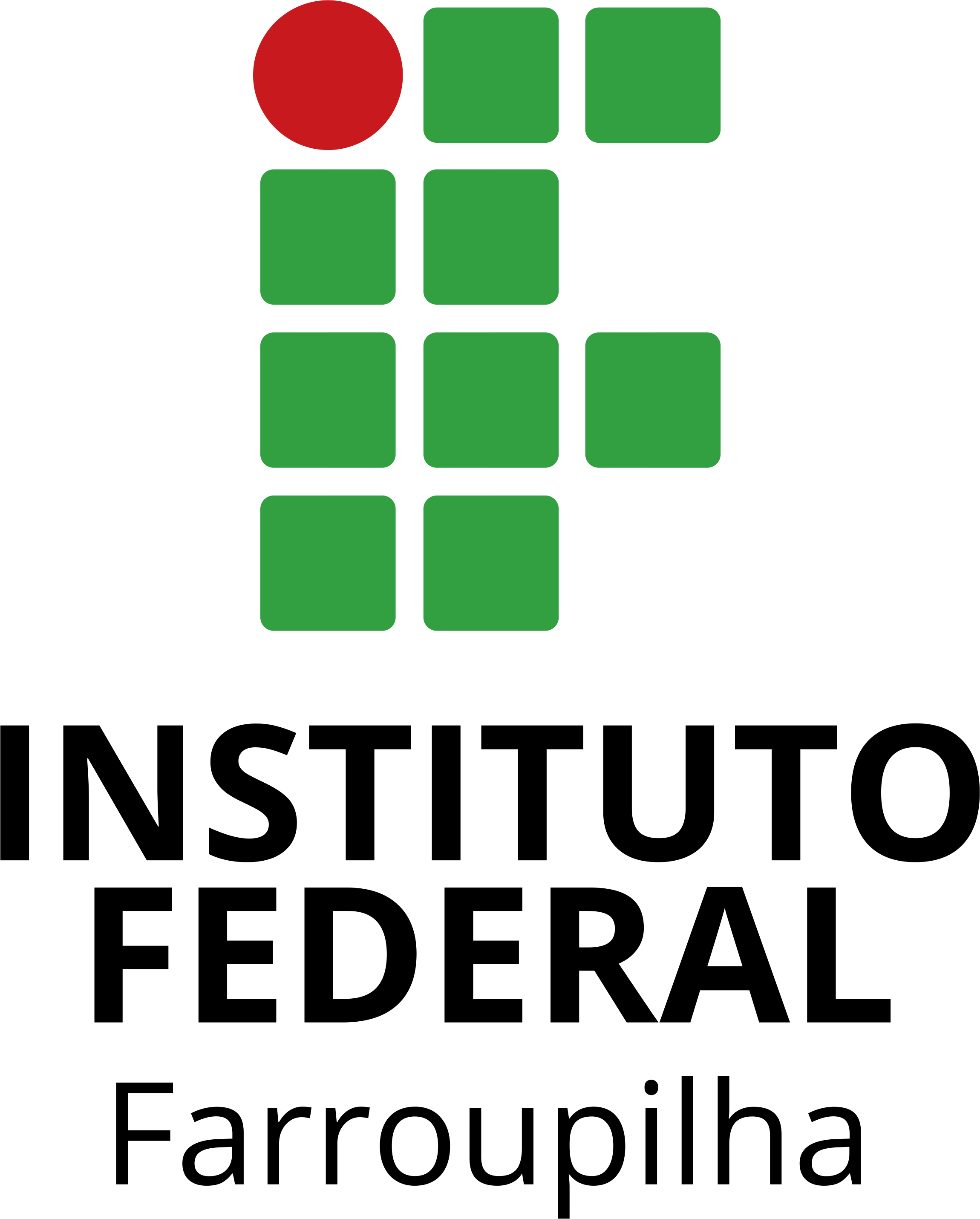Tecnologias Aplicadas à Produção de Culturas de Lavoura
URI Permanente para esta coleção
Navegar
Navegando Tecnologias Aplicadas à Produção de Culturas de Lavoura por Autor "Santos, Railson Schreinert dos"
Agora exibindo 1 - 3 de 3
Resultados por página
Opções de Ordenação
- ItemAdoção da agricultura de precisão na fronteira oeste do Rio Grande do Sul(Instituto Federal de Educação, Ciência e Tecnologia Farroupilha, 2021) Costa, Arilson Alende; Nora, Douglas Dalla; Nora, Douglas Dalla; Lima, Bento Alvenir Dornelles de; Santos, Railson Schreinert dosAgribusiness management studies the profile and characteristics, of farmers on the Western Frontier of Rio Grande do Sul (RS), adept or partially adept at the technologies that are part of Precision Agriculture (PA). This is an exploratory, descriptive, opinion survey with non-probabilistic sampling, comprising 25 farmers from 5 cities in the Western Frontier of RS, comprising 113,118 ha hectares, of which 66,040 ha are adept of PA. The interviews allowed the correlation of qualitative and quantitative data, generating important information. In this sense, the profile of the properties under study has an average adhesion to PA of 75% of its area. The average size of these properties is 4,525 ha, 54% of which is owned and 46% leased. The predominant age group of PA supporters is 46 to 55 years old, representing 40% of the sample population. The predominant level of education of the adopters of the PA is Graduated, representing 52%. The main crops where PA tools are applied, in the Western Frontier of RS, are soybean (39%) and rice (26%). The average time of adoption of the PA in the Western Frontier is 5 years. The main intention of purchasing machines and equipment with PA is the Vacuum Planter representing 28% of the purchase intentions for the next 2 years.
- ItemAplicação de fungicida em diferentes estádios fenológicos na cultura do milho safrinha(Instituto Federal de Educação, Ciência e Tecnologia Farroupilha, 2021) Vezzosi, Eduardo Filipin; Nora, Douglas Dalla; Nora, Douglas Dalla; Junior, José Maria Tupinamba da Silva; Santos, Railson Schreinert dosThe objective of this work was to evaluate the efficiency and number of fungicide applications at different phenological stages on off-season corn performance, with emphasis on yield. The experiment was conducted from February 18, 2020 to August 4, 2020, in a commercial field, where plots 30 meters long by 28 meters wide were demarcated, each plot 30 meters long with 8 rows of planting, with spacing of 0.5 m, totaling 120 m2. Fungicide applications were carried out at phenological stages V8; VT; R2; V8 + VT; VT + R2 and V8 + VT + R2. In the control treatment, no fungicide application was carried out. The product used was the fungicide containing Fluxapiroxade and Piraclostrobin, at a dose of 350 ml.ha-1 . After harvesting and weighing it can be verified that the plots with a fungicide application in the vegetative stages V8 and VT were the most productive and most profitable in relation to the control where no application was made. Plots where two and three fungicide applications were made did not obtain satisfactory production or profitability.
- ItemLevantamento de parâmetros de solo para qualificação de lavouras de soja no município de São Francisco de Assis - RS(Instituto Federal de Educação, Ciência e Tecnologia Farroupilha, 2021) Romeu, Fernando da Silva; Nora, Douglas Dalla; Nora, Douglas Dalla; Santos, Railson Schreinert dos; Júnior, José Maria Tupinamba da SilvaThe increase in the world population has been impacts the world annual demand for soybeans, due to its high levels of proteins and lipids. However, we have finite resources, and the soil use needs to be more efficient to increase productivity and profitability. Considering it, here we try to understand the main soil parameters and the types of management that may interfere with soybean productivity, thus better visualizing the factors that may be limiting. Therefore, a questionnaire was prepared a and applied, between February and August 2020, to 29 producers of São Francisco de Assis who had their soil chemically analyzed during the harvests of 2017/2018, 2018/2019 and 2019/2020. After analyzing the data, the main conclusions observed are that, regardless of the year, which had quite different rainfall levels, the highest yields are achieved by producers who have better pH, base saturation and aluminum levels. These directly impact the soil's ability to provide nutrients. In years of low rainfall, these items are even more important, especially if combined with organic matter.

